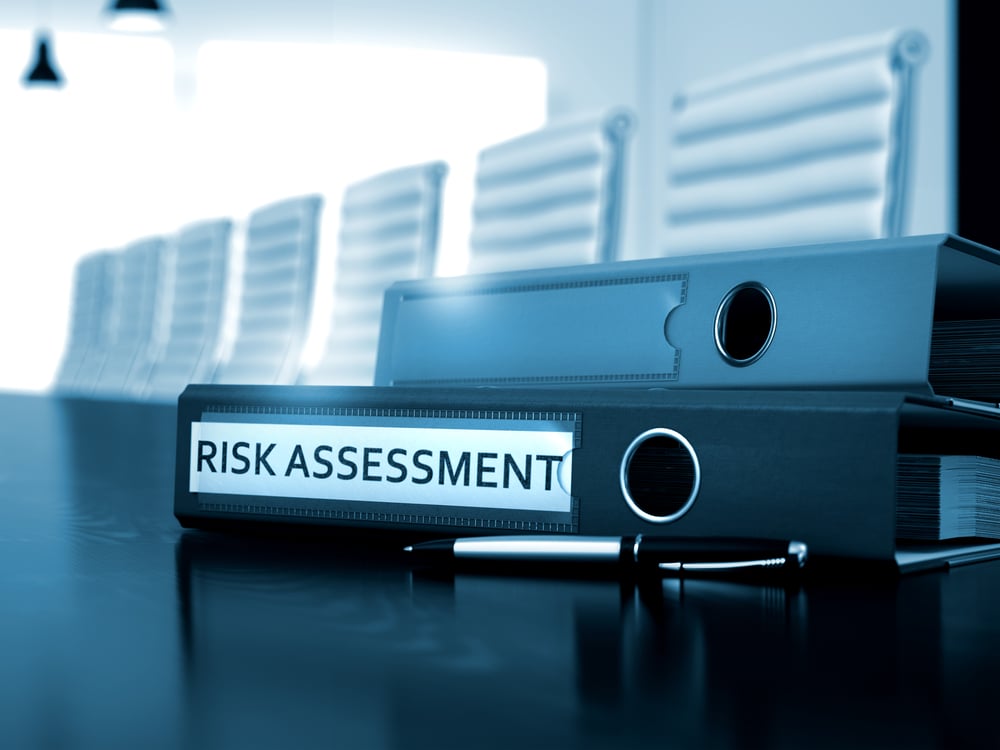Navigating Global Trade: Unlocking Opportunities with CTPAT Certification
Introduction

Every company has different reasons for joining CTPAT. Not all are obvious, but everyone involved in the supply chain benefits. For instance, salespeople are sometimes the hidden stakeholders. Letting other business partners know they are CTPAT-approved prompts a level of trust and opens the gateway to doing more business. Some partners may even demand CTPAT certification before they will do business or let other companies participate in bid packages! Another important stakeholder is the group of people responsible for personnel safety and compliance. Your CTPAT certification lets them know your company performs background checks, implements a Code of Conduct, and educates employees on topics like disaster preparedness, financial risk, and IT Security. In addition, the folks on the shipping and logistics teams can rest assured knowing that CTPAT certification ensures them fewer border inspections, a dedicated Supply Chain Security Specialist (SCSS), and other benefits to keep freight moving across the border. Working with these groups and making sure all the proper parties are following standard operating procedures (“SOPs”) is imperative to program success.
Risk identification involves understanding how your company and your business partners conduct operations. This includes determining everything that interacts with your supply chain: whether moving cargo, warehousing, manufacturing, etc. When assessing risk, first you must do a deep dive into how your facility is set up and managed. Consider the employee onboarding, vetting, and training processes and make sure there are no gaps in personnel security. Furthermore, it’s important to understand the security technology used to protect your facility like alarms, cameras, fencing, access control, etc. From both a “macro” and “micro” view the processes must be documented to fully comprehend how cargo moves across your entire supply chain and who handles what.
Effective supply chain risk mitigation strategies utilize three resources: people, procedures (like CTPAT certification), and technology. Each of these has a role in processing information gathered from internal stakeholders and outside business partners like vendors and clients. Therefore, enterprises must establish an infrastructure dedicated to continuously gathering, interpreting, and acting on information. This means you need a written plan. And the plan must be backed up with supporting evidence. The U.S. Customs and Border Patrol (CBP) calls this a “Security Profile”. A Security Profile is a comprehensive plan that outlines all processes that help mitigate risk within your company. It formulates answers to approximately 150 questions posed by the CBP called minimum security requirements (MSC), and provides details on how these are enforced and rolled out to stakeholders. Not surprisingly, a full Security Profile can be fairly complex and often spans over one hundred pages. Because of the nature of the challenge, often a consultant will be brought in to help your company author the Security Profile and be tasked with most (if not all) of the heavy lifting of assembling it.
The CBP recommends two approaches to make sure you have the data on hand to make informed risk-based decisions about your supply chain: either completing an annual hands-on site visit to each business partner or creating, distributing, and recollecting something called an Annual Security Questionnaire for each Vendor/Business Partner. In today’s business climate yearly site visits to each business partner can be costly and time-consuming. Also, if you have hundreds of business partners it might be downright impossible to get to them all! That is when you can use the Security Questionnaire as a method to assess risk and CTPAT readiness across the CBP’s main areas of concern. The Security Questionnaire is a document that is thoughtfully put together to gather the information needed from the business partner to assess risk. It is comprehensive, but must not be so detailed as to overburden the fulfiller. There is a delicate balance, and again this is where a consultant can be helpful to leverage the right approach and ask the right questions. Next, making sure you have an efficient and effective method to gather and distribute Security Questionnaires, SOPs, and vendor sign-offs is critical to measuring the effectiveness of a program. Unique software like Veroot can automate blasting out the Security Questionnaires, sending reminders, collating responses, and scoring questionnaires. This is the easiest way to ensure such evidence is on file for CBP inspection and to validate vendors in your supply chain.
The CBP requires that companies regularly send Security Questionnaires and SOPs to business partners, and internally hold meetings to track CTPAT conformance. This can be a challenge to do using the conventional methods of email, network drives, spreadsheets, etc. Using a software system to drive CTPAT conformance across the enterprise is a straightforward way to keep everything in check with minimal effort. CTPAT Compliance Automation software not only gathers and distributes documentation from business partners, but also provides templated processes on how to conduct annual management reviews. All data on business partners and reviews are stored in a secure access-from-anywhere repository. If business partners fail to provide the required information, or neglect to conform to procurement standards, your company will have the ability to easily visualize bad actors, eliminate the risk, and close the loop!
The 5 pillars of CTPAT Compliance require companies to define stakeholders, identify risk, implement a documented strategy of conformance, get data from the business partners, and maintain the program.
A thoughtful implementation of this process requires developing a Security Profile, Security Questionnaire, Standard Operating Procedures, and Internal Management Review procedures to address all CTPAT areas of concern.
Leveraging a CTPAT Consultant and CTPAT Compliance Automation Software can drastically improve the efficiency of implementing and maintaining a CTPAT program.
Veroot specializes in helping companies build and manage successful CTPAT Programs. For more information, get in touch with us today!

See Transcription of the Video below in case you want to read and not watch!

Introduction: